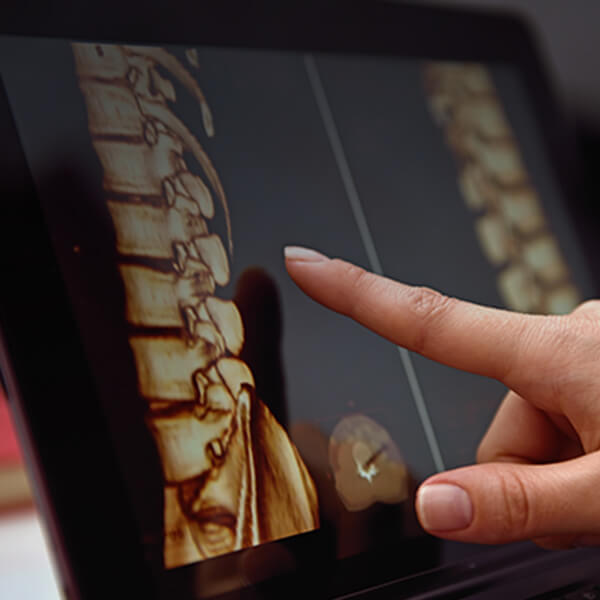02/11/2021
Low back pain is one of the most common musculoskeletal conditions treated each year. Annually, low back pain has been estimated to impact between 10 and 30 percent of U.S. adults. Up to 80 percent will experience low back pain at some point in their lifetime.
While many of the causes are not serious in nature, and most individuals recover in 6-8 weeks, low back pain can be a source of worry and fear. With diagnostic testing such as X-ray and MRI being very common and useful tools, it is easy to become preoccupied with the findings. As humans, we naturally consider worst-case scenarios such as “Will I have this pain forever?” Or “Will I need surgery?”
Research shows that even individuals with no low back pain at all have been found to have X-rays and MRIs with “positive” findings, or changes in the spine. These are often referred to as degenerative changes and have been found to be a normal part of the aging process. In the broader spectrum of orthopedic pain or injuries, partial meniscus tears in the knee or partial rotator cuff tears in the shoulder can occur similarly, with no disease or injury.
In 2015, an academic paper attempted to gather data on lumbar (lower back) spinal imaging in asymptomatic individuals. As shown below, degenerative changes such as disc degeneration and disc herniation can be present without any physical symptoms. While it is evident that these imaging findings increase with age, they may not always be the direct source of pain.
| Imaging Finding by Age | 20-29 | 30-39 | 40-49 | 50-59 | 60-69 | 70-79 | 80-89 |
|---|---|---|---|---|---|---|---|
| Disk degeneration | 37% | 52% | 68% | 80% | 88% | 93% | 96% |
| Disk signal loss | 17% | 33% | 54% | 73% | 86% | 94% | 97% |
| Disk height loss | 24% | 34% | 45% | 56% | 67% | 76% | 84% |
| Disk bulge | 30% | 40% | 50% | 60% | 69% | 77% | 84% |
| Disk protrusion | 29% | 31% | 33% | 36% | 38% | 40% | 43% |
| Annular fissure | 19% | 20% | 22% | 23% | 25% | 27% | 29% |
| Facet degeneration | 4% | 9% | 18% | 32% | 50% | 69% | 83% |
| Spondylolisthesis | 3% | 5% | 8% | 14% | 23% | 35% | 50% |
Treatment plans or decisions made with patients are rarely based on X-ray and MRI findings alone. Health care providers also utilize the information gathered from patient history & physical examination to guide their decisions. Physical factors such as spinal mobility, muscle flexibility/strength, posture, muscle/tissue strain, body type, and overall fitness are not visible on these tests, and may also (or even more so), be causing one’s low back pain. In addition, other factors such as daily stress, smoking, work status, & overall health have also been shown to contribute to low back pain. Still, some people may have symptoms stemming directly from one of these common spinal changes found on imaging.
For most patients, addressing these physical and social factors, as well as using diagnostic imaging can help guide treatment recommendations in an effort to alleviate pain, avoid the need for more invasive treatments, and return them to their previous level of function.
Need your low back pain diagnosed? Request an Appointment with one of our back specialists, or visit one of our three Orthopedic Urgent Care locations.



